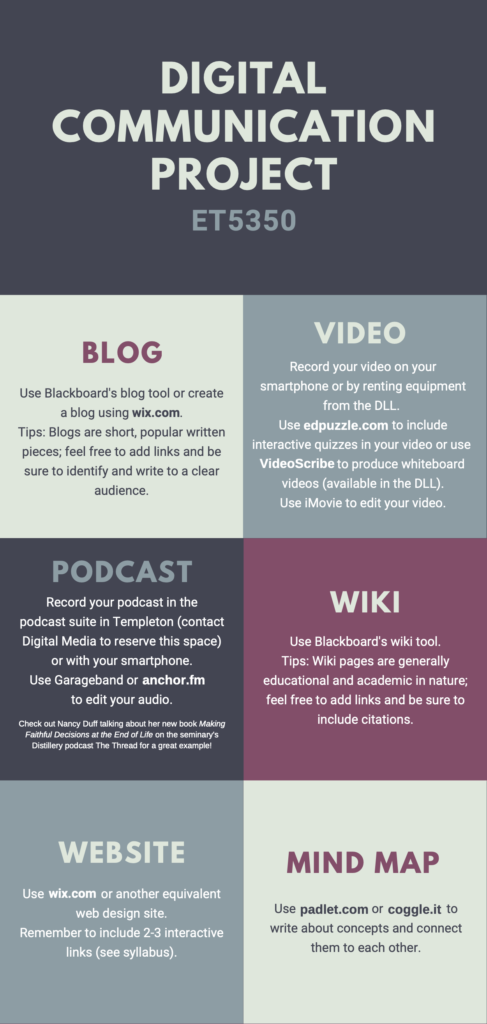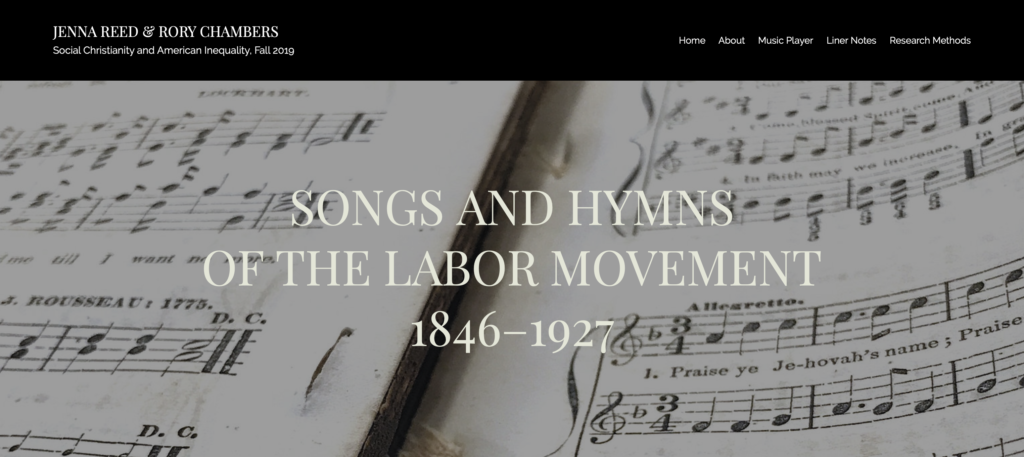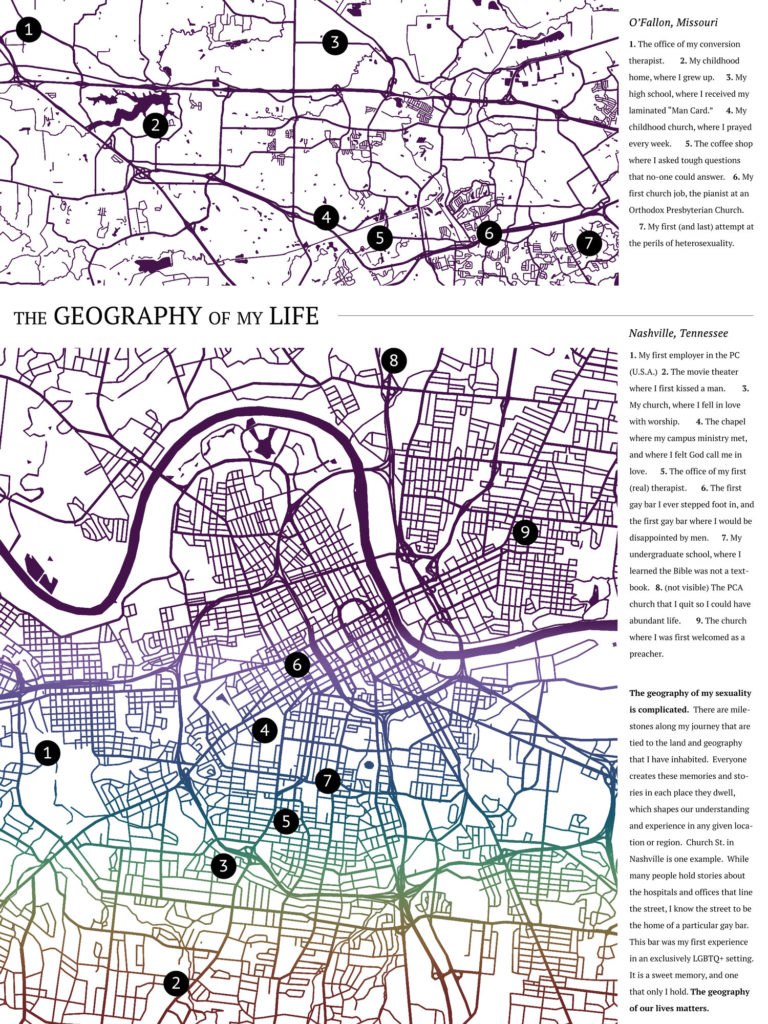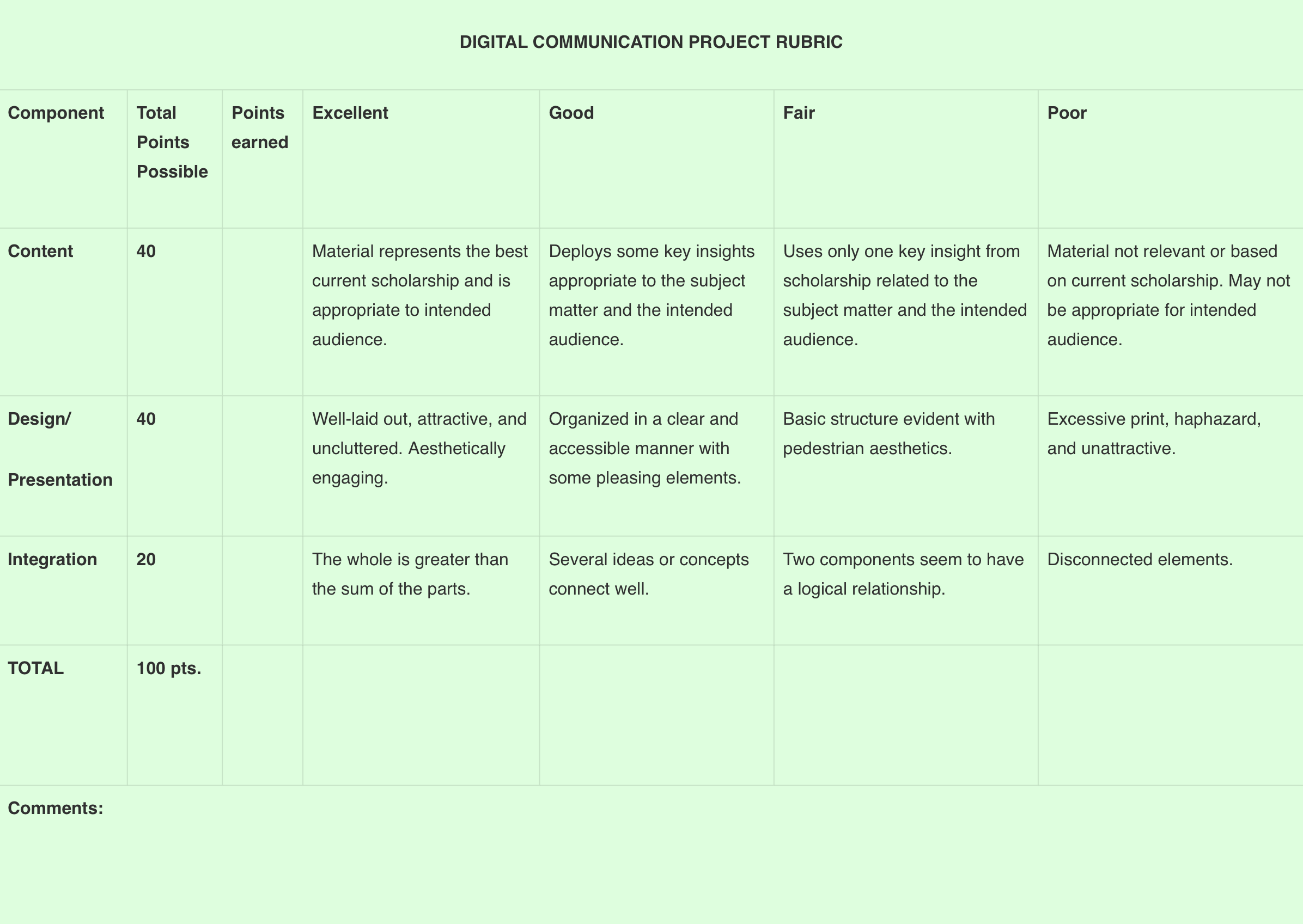Going Paperless: The Possibilities of Multimodal Learning
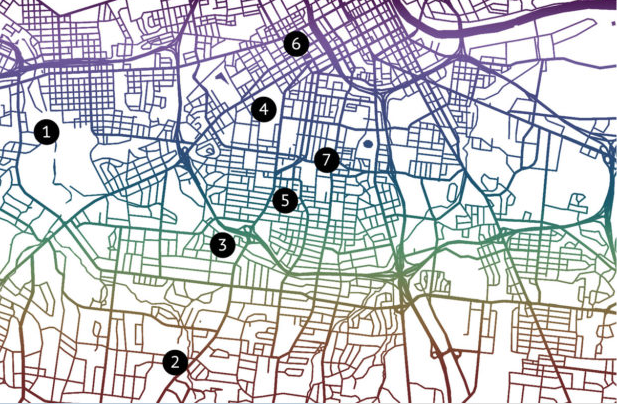
What is Multimodal Learning?
Multimodal learning takes place when teaching incorporates various modes of communication and media while presenting content, engaging in class activities, or creating assignments. In addition to speech and written communication, multimodal learning can include illustrations, audio, video, music, movement, etc. This variety is beneficial for learners’ engagement and motivation, as well as for accessibility for students who may have cognitive or physical disabilities or learning differences.
Multimodal assignments, in particular, give students the opportunity to select from several potential modes of communication or media to demonstrate that they have met a learning objective.
When students are invited to engage activities and assignments using a variety of modes, they often interact more robustly with course content.
A multimodal assessment could look like offering an oral exam option instead of a written exam or research paper, but it could also look like having students choose from a variety of digital communication options to demonstrate what they’re learning.
Examples of Student Work
Multimodal assessment can be effective for many assignments, from final course projects to weekly reflections. In Dr. Heath Carter’s Social Christianity class, students were able to choose from a clickable menu of digital assignment options. Here is an example of similar a digital assignment option list used in one of Dr. Nancy Duff’s classes. Dr. Carter observed,
The thing I know when I assign these kinds of things is that students will always amaze you.
Some students from his course, for example, searched the library archives and found songs from the US Labor Movement (1846-1927), reproduced them, and developed a website to share the music and their academic research (check it out here: Songs of Hymn and Labor website).
In 2019, the students in my (Lindsey’s) Queer Hermeneutics class transformed our work over the course of the semester into a public-facing website (www.wordmadequeer.com). Multimodal options are also effective in short-term individual work, like reflection assignments. In that same class, students were asked to engage in weekly reading reflections through any form of media. Submissions ranged from traditional academic writing, to poetry, to visual media. In the examples below, one student produced a digital map of key moments in his journey with sexuality and spirituality and another reflected on a concept from David Denborough’s Retelling the Stories of our Lives by creating a sharable Instagram post.
Instagram Story Frame from Retelling the Stories of Our Lives by David Denborough
submission by Ellen White
Caption
In Retelling the Stories of our Lives, David Denborough describes “externalizing problems,” as a “principle or a philosophy that refuses to locate problems inside of people.” He explains, “this process of separating ourselves from problems makes it possible for us to begin to revise our relationship with the problems” (pp.26-27).
_____________________
Image from Retelling the Stories of our Lives by David Denborough, ch. 2, “We are not our Problems,” pg. 29, Figure 2.3
Text taken from the title of Denborough’s chapter and from Michael White, “Pseudo-encopresis: From avalanche to victory, from vicious to virtuous cycles. Family Systems Medicine, 2(2), 150-160. doi:10.1037/h0091651
Tools Used: Unfold App, Instagram
Sample Assignment Description and Rubric
If you’re interested in incorporating multimodal assessment into a course, you may find the following multimodal assignment from Dr. Nancy Duff’s Fall 2019 “Living Faithfully into Older Age” course helpful. She also provided students with a rubric for the assignment, which you can find below the assignment description.
MIDTERM DIGITAL COMMUNICATIONS PROJECT
(40% of final grade)
Submit a digital project, covering 2 issues from Part I. You will also sign up for a week to present your midterm digital project. Students can sign up for a week prior to reading week, but most if not all students will make their presentation after reading week. The aim is to teach an audience about older age using a digital medium:
- Blog (three entries of 500 words each)
- Video or Podcast (5 to 7 minutes). You can do this with a partner if you wish.
- Wiki entry (1500 words)
- Web page, such as a church would use. Include 2-3 interactive links to things you have written, to an artistic construction, or interactive material you have created.
- Mind map
Pedagogical Reflections
Other instructors have offered similar assignments in their courses and have received stellar student work as a result. Whether it’s a podcast with interviews for a course on death and dying or a whiteboard sketch video presenting a church’s mission statement for a practical theology course, multimodal assignments allow students to demonstrate learning in creative and meaningful ways. Here are a few take-aways highlighting the pedagogical value of using multimodal assignments:
- Inviting the use of diverse and creative formats often results in more innovative and theologically imaginative engagement with course concepts and material.
- Student work that uses diverse media can be helpful for all students; the nontraditional format creates an imaginative context that fosters curiosity and encourages the class to entertain new ideas and consider alternative viewpoints.
- The invitation to use diverse media can be especially rich for those students whose learning styles and abilities do not align with traditionally encouraged formats (like written academic prose), and it often generates much-needed energy for learning.
- The use of diverse and creative formats facilitates a personal connection to course material that is especially important in theological education.

